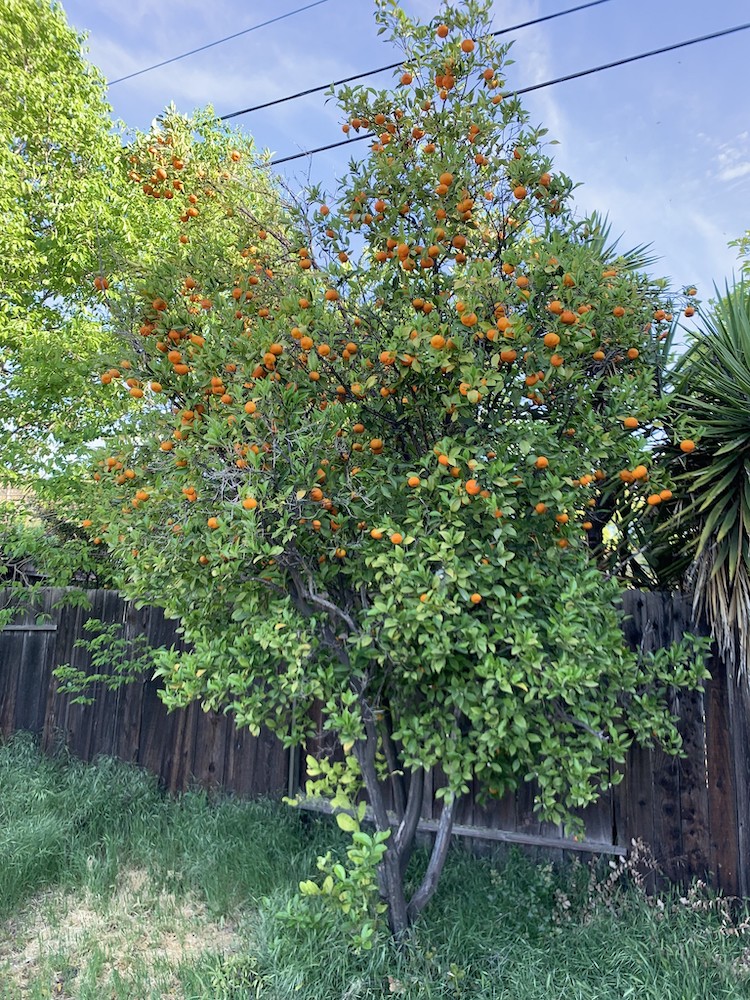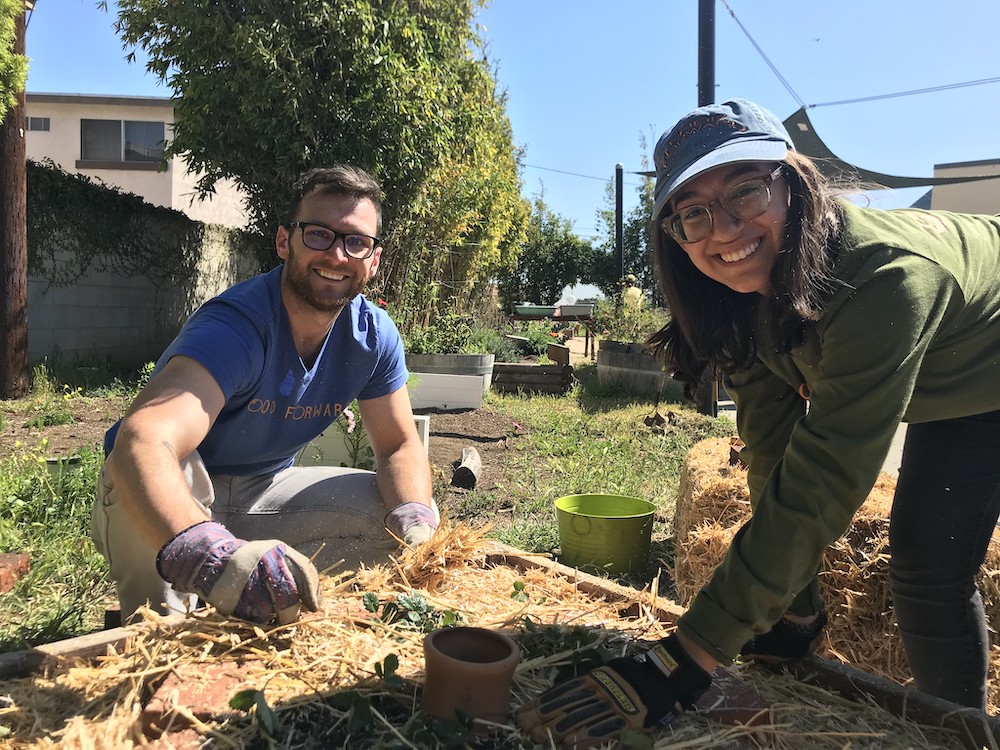Are you looking to plant your first fruit trees or grow your home orchard? Now is the perfect time to plant! Our friends at Fruitstitute tell us why to plant in the fall, and the steps you need to correctly plant a healthy fruit tree.
Fall is fruit tree planting season in Southern California! Why? In fall, temperatures are cooling and days are getting shorter which signals trees to get ready for winter, the slow-growing season for evergreens and dormant season for deciduous trees. To prepare for the winter season when the rate of photosynthesis (i.e. food production) is lowest because days are shortest, trees undergo a flush of root growth in fall so they can store more nutrients and sustain themselves through the dark days of winter.

In Southern California, we can plant trees any time from fall through spring. Our planting season at Fruitstitute is September through May. Trees need time to establish roots to cool themselves down during our summer heat, so it’s never a good idea to plant in the summer months. We say fall is the best time to plant because when we plant a fruit tree in fall, we get the maximum amount of root growth, which produces the maximum amount of shoot growth and, if we’re lucky, fruit growth, in the spring and summer—the active growing season.
CAUTION! Planting a tree is serious business. Here are a few things you need to know to do it right.

1) The right tree for the right place is 50% of the equation for success.
Do some research on the tree you want to plant. Is it heat-sensitive? How much space does it need? Does it like a lot of water, like a mango tree, or less water, like a citrus or pomegranate tree? What’s your soil like? Is there enough sunlight? Is there enough permeable soil surface for roots?
If you want your tree to grow fruit, make sure there’s enough exposed soil in the root zone (the area under the canopy) for now and also for the future as the tree grows. Absorbent roots, those responsible for taking water and nutrients from the soil, will not grow under gravel, decomposed granite (DG), concrete, or another hardscape. Grass and any other vigorous ground cover will steal nutrients from those absorbent roots, so you need to keep root zones clear if you want that nutrition in your fruit. The rootzone should be mulched with woody mulch at all times. The best thing to feed a tree is a tree!

2) Dig the perfect hole.
Dig your planting hole so it’s twice as wide as the root ball and as deep as the root flare. We like to say: “Flare in the Air.” Any arborist will tell you how much it drives them crazy to see trees planted too deep. This is way too common even among industry professionals, including nurseries and landscapers. Proper planting depth is at the root flare or root crown, where the trunk tapers out and the first structural roots (the fatter, thicker, woodier, roots) are growing. Planting too deep stunts absorbent root growth, so your tree will be malnourished for a lifetime. In severe cases, planting too deep can kill a tree.
After planting, apply 2″ thick of woody mulch (+ compost if you have) in the rootzone, the area under the canopy, and slightly beyond.

3) Keep it clean and simple.
Don’t add any soil amendments or non-native soil to the planting hole! Adding ‘stuff’ to the planting holes is another all too common misconception of tree planting. The only thing that goes in the planting hole is the tree, the soil it came in and the native soil it’s about to live in. You can always amend this soil from the top down with compost and woody mulch.
We hope these tips help you plant fruit trees with confidence and success! For more fruit tree care resources, check out our other blog posts. And, for expert advice with planting or other fruit tree questions, contact Fruitstitute!
